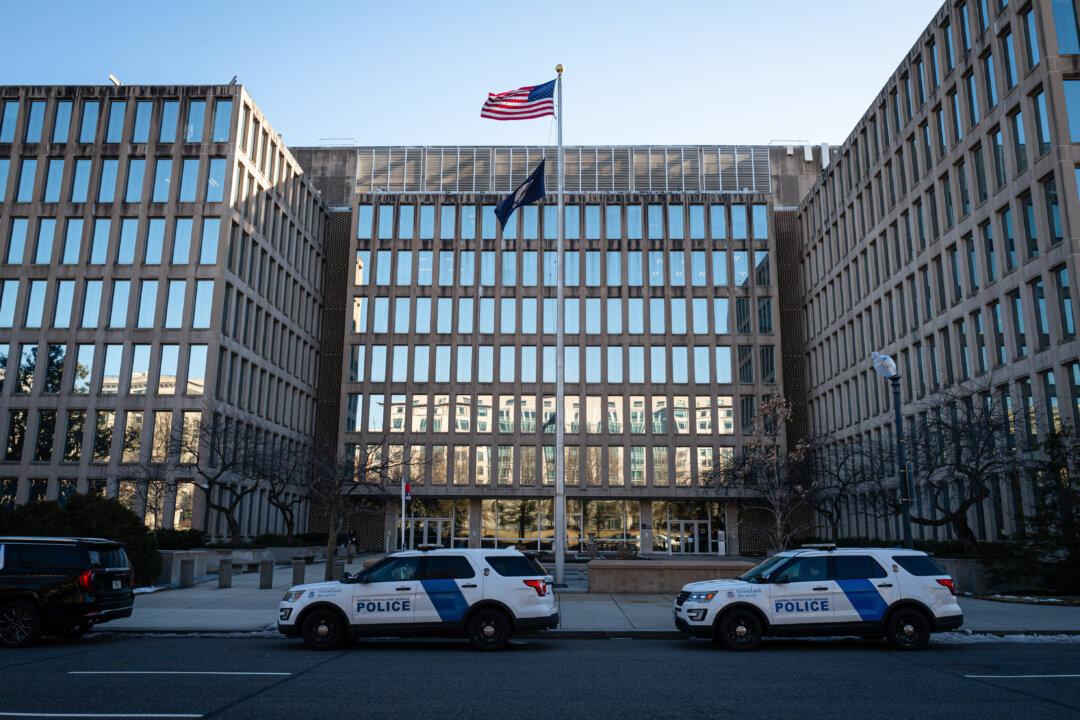The digitization marks an end to the OPM’s decades-old paper system for retirement.
“This will reduce the average time people wait to receive their retirement check from 3-5 months to less than 1 month,” DOGE said.
The memorandum criticized legacy systems as “outdated technology” that has “delayed retirements and frustrated employees who have dedicated their careers to public service.”
America’s federal workforce “deserves a retirement process that matches the demands of the 21st century,” it said.
“Effective June 2, 2025, all new retirement applications started on this date or later, along with any supporting documents, must be submitted electronically. For these and all future applications, any newly created paper retirement packages will not be accepted,” it said.
Paper applications shall be sent to the respective agencies to be resubmitted digitally.
The action established DOGE to implement the presidential agenda of modernizing federal technology and software to “maximize governmental efficiency and productivity.”
DOGE has been “closely working” with the Retirement Services team at OPM to create a fully digital process that “dramatically reduces the amount of time it takes to process retirement applications, providing a more efficient and improved experience to federal employees,” the memo said.
Three months ago, OPM had processed the first “entirely digital retirement application.” This was followed by “continued advancements and testing,” which has now culminated in the government-wide rollout of the new system.
Digitizing Federal Processes
In a Feb. 12 post on X, DOGE revealed the archaic way in which the current paper-based retirement system functions.“Federal employee retirements are processed using paper, by hand, in an old limestone mine in Pennsylvania,” it said.
“700+ mine workers operate 230 feet underground to process ~10,000 applications per month, which are stored in manila envelopes and cardboard boxes. The retirement process takes multiple months.”
In 1987, the agency began a program called the FERS Automated Processing System for this purpose. This was terminated in 1996.
A second modernization attempt began in 1997 under a program called the Retirement Systems Modernization. Until 2001, OPM developed plans for the program. However, this was abandoned in June 2001.
A third initiative began in late 2001 under the same Retirement Systems Modernization name. This was later renamed as the RetireEZ program in February 2008, and an automated retirement processing system was deployed. After facing several issues over the next few years, OPM terminated the initiative in 2011.
Meanwhile, the Trump administration is moving ahead with digitizing other federal agencies.
A White House Fact Sheet said paper checks impose unnecessary delays and costs. In addition, “maintaining the physical infrastructure and specialized technology for digitizing paper records cost the American taxpayer over $657 million in fiscal year 2024 alone,” it said.
The Treasury is required to stop issuing paper checks by Sept. 30. Exemptions are allowed under “certain emergency payments where electronic disbursement would cause undue hardship” and for “individuals who do not have access to banking services or electronic payment systems,” the order said.
At the time, Trump said this was something “that should have been done 25, 30 years ago.”







